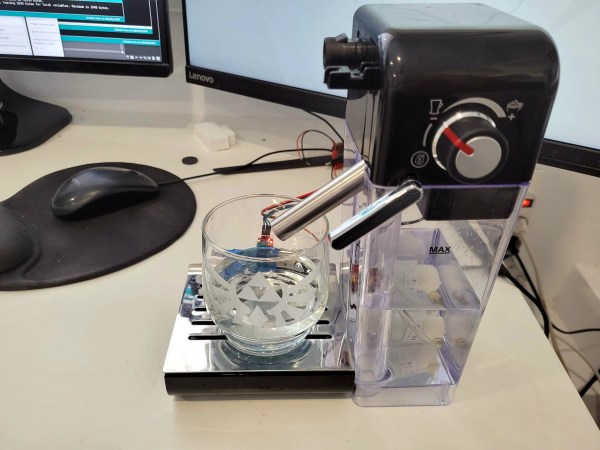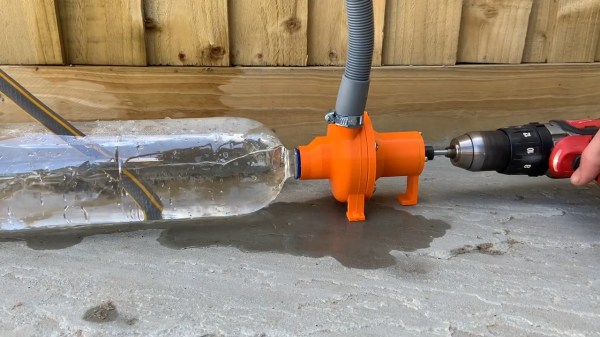Over the ages, a lot of human activity has been concerned about getting water from where we find it to where we want it. If you want to move water to a lower elevation, there’s no problem. But if you want to move water up, you need a pump. The ancients used what we call Archimedes’ screw to raise water. But a Wirtz pump as [Steve Mould] shows in the video below, is another kind of spiral pump that is also very old and uses the same basic principle as the screw pump.
In a way, the Wirtz is just an Archimedes’ screw in cross-section. Part of what makes it work, however, is air-locking. [Steve] made a small model but found it didn’t work exactly as he expected. Of course, investigating that led to some interesting observations.

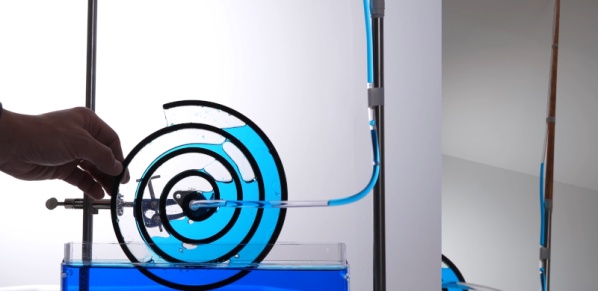

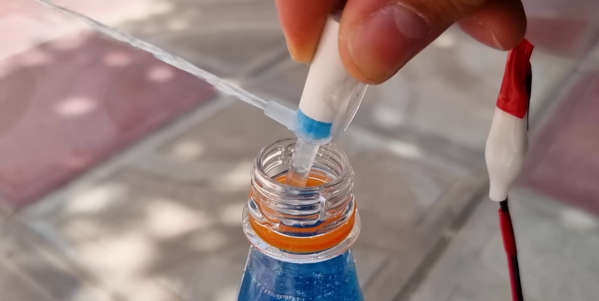
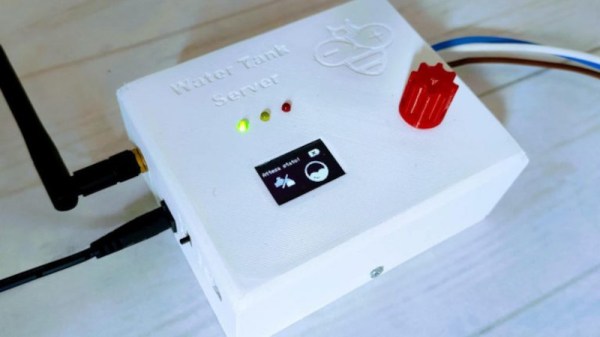

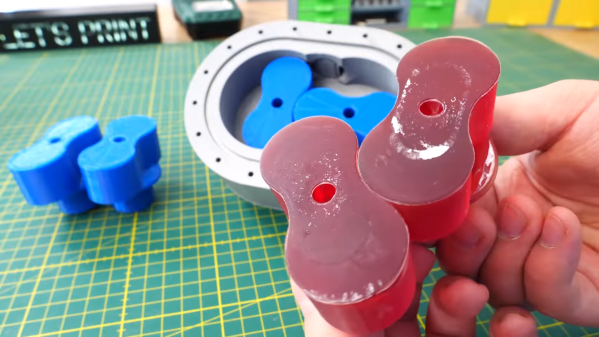
 Lobe pumps are perhaps most popularly known for their use in Rootes-type superchargers, but they can pump water, too. [Let’s Print] demonstrates this ably with a 3D-printed design
Lobe pumps are perhaps most popularly known for their use in Rootes-type superchargers, but they can pump water, too. [Let’s Print] demonstrates this ably with a 3D-printed design 